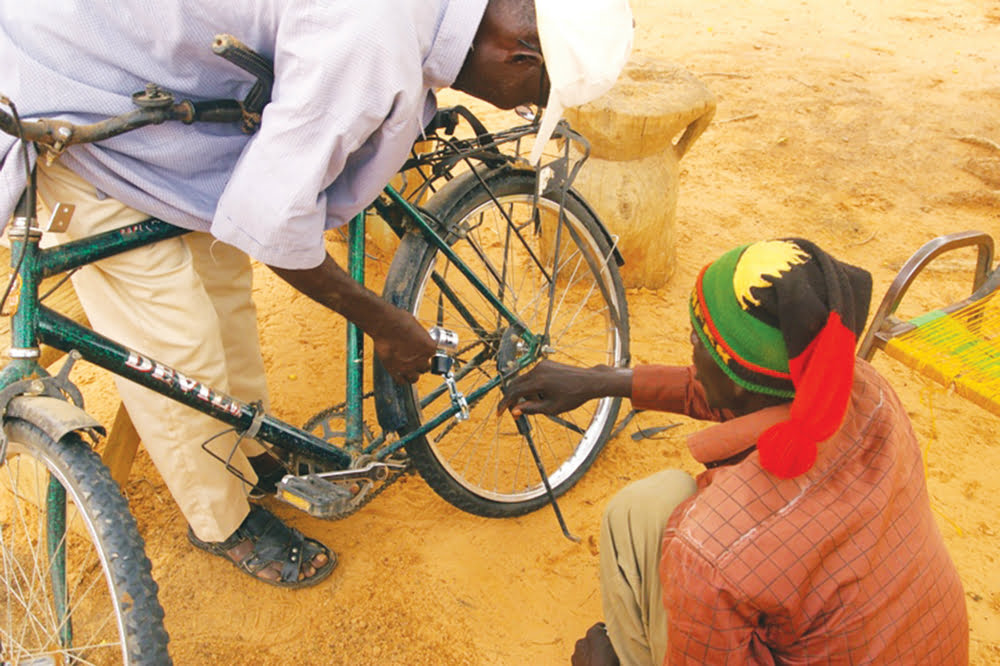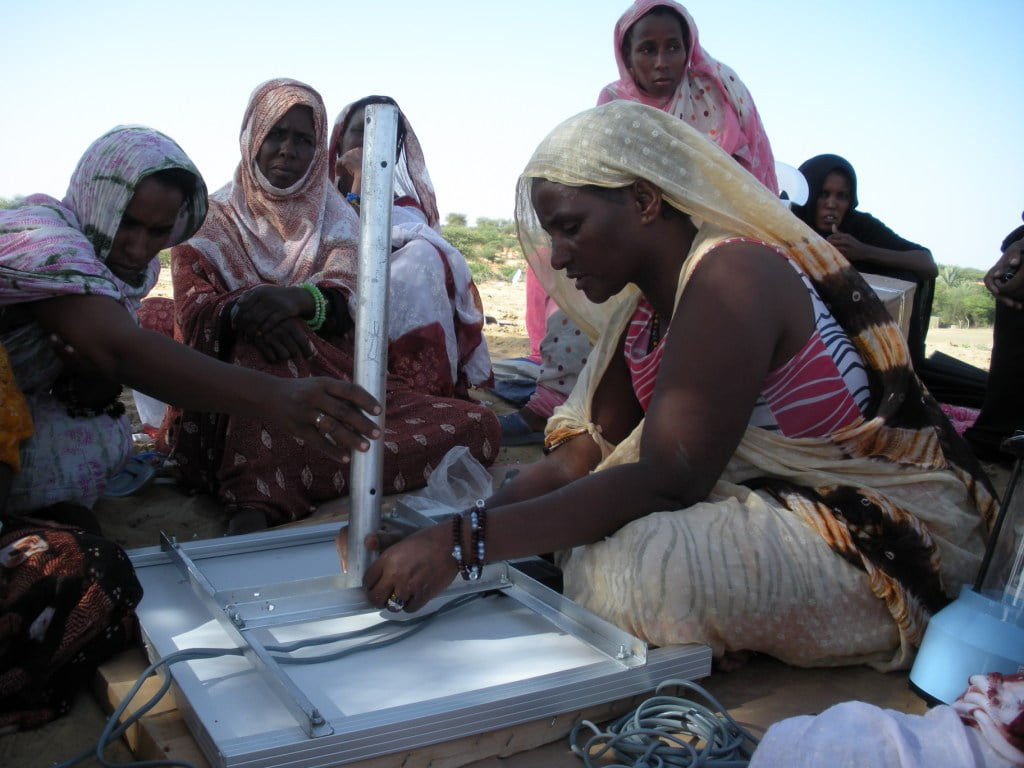Companies are increasingly turning to 3D printers to manufacture their goods, and it seems the eco-friendly sector is now also turning to 3D printers to help bring low-cost, green technologies to the third world, including portable solar panels and bicycle-powered generators.
Two US companies, Peppermint Energy and Design For Hope, decided to use 3D printing technology made by Israeli-American 3D printing giant Stratasys in their development of green technologies, to provide new energy sources in parts of the world where electricity is unreliable.
Reducing expenses by a quarter-million
According to the International Energy Agency, a staggering 1.3 billion people lack access to electricity worldwide. This is where South Dakota-based company Peppermint Energy came in. “One of the observations I’ve had is that we are trying to do renewable energy here in the US and maybe we’re not doing it very well. This is how we came up with the idea of making solar better,” said Brian Gramm, CEO of Peppermint Energy. “A theme that occurred to us was how do we get energy to everyone everywhere?” asked Chris Maxwell, president.
Related articles
- A $7 PC: Keepod Launches Project To Give African Slums Computer Access
- Tel Aviv University Launches Challenge That Will See Young Israeli Entrepreneurs Help Developing World
With this in mind, the company developed the FORTY2, a portable array that draws enough energy from the sun to provide light, refrigerate medicine or goods, or power a laptop. When the sun is down, a battery connected to the array stores power for use. The FORTY2 was used to bring emergency power to Haiti after the devastating 2010 earthquake, and is also being used in rebuilding efforts.
[youtuber youtube=’http://www.youtube.com/watch?v=xrw1nm29GcU’]
Sign up for our free weekly newsletter
SubscribePeppermint Energy used Stratasys 3D printing technology to 3D print functional prototypes. “It’s only when you see it in physical form that you realize that form and function should be the same,” said Gramm. He asserts that the use of Stratasys FDM 3D printing technology saved the company a total of $250,000 in tooling costs, allowing for fast improvements and quick modifications.
Power in motion
Stratasys 3D printing technology was also used by another American company, Designs for Hope, which developed a device enabling bicycle motion to produce and store energy. This device holds its generator on the bicycle, harvests its power and conditions the electricity for storage in a battery. The company used a Stratasys 3D printer to develop its prototypes and improve the overall design.
One recipient of the device is a Uganda orphanage whose only power comes from a small solar-panel system. The orphanage workers’ daily bicycle commute is seven to ten kilometers long, enabling them to accumulate energy on their way to work.
 Chris Bond, founder of Designs for Hope, hopes this technology might alleviate energy scarcities in the region. “The beautiful thing is, they’re using their bikes anyway,” says Bond. “It’s free energy.”
Chris Bond, founder of Designs for Hope, hopes this technology might alleviate energy scarcities in the region. “The beautiful thing is, they’re using their bikes anyway,” says Bond. “It’s free energy.”
According the US Department of Energy, manufacturing using 3D printing technology has the potential to compress supply chains, minimize materials and energy use and reduce waste.
Related posts

Rehabilitation Nation: Israeli Innovation On Road To Healing

Israeli High-Tech Sector 'Still Good' Despite Year Of War





Facebook comments